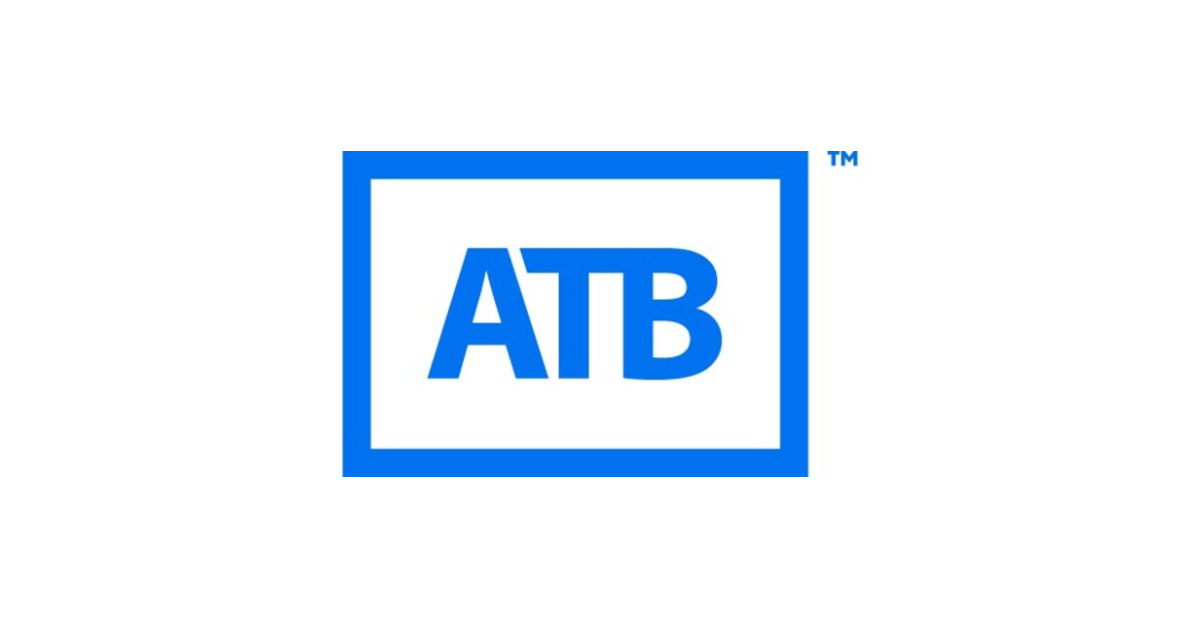
ATB Capital Markets’ Autumn 2025 Energy Sector Survey highlights gas-led growth amid cautious industry sentiment
- 88% of exploration and production (E&P) companies anticipate production growth over the next 12 months, with a weighted average increase of around 5% (6–7% for gas-weighted firms versus 4–5% for oil-weighted).
- Gas-weighted producers drive the growth outlook, supported by at least 3.2 bcf/d of incremental LNG export capacity expected to be approved before 2027. West Coast LNG expansion continues to be regarded as the sector’s leading growth opportunity.
- Energy services outlook softens, with margin pressures mounting despite expectations of modest activity growth in 2026.
- Federal energy policy remains the leading risk for the industry, topping concerns for the seventh consecutive survey, while a potential shift in federal policy is also viewed as the second-largest opportunity.
- Investor sentiment stays positive but tempered, with fewer participants considering energy equities undervalued, and a gap persists between investors favouring share buybacks and E&Ps focused on growth.
ATB Capital Markets’ Autumn 2025 Energy Sector Survey (the “Energy Survey” or “Survey”) signals a measured outlook for Canada’s energy sector, with producers showing cautious optimism, energy services facing increasing challenges and investors taking a more restrained stance following strong performance earlier in the year.
“Our fall survey reveals a new phase for the industry; one marked by optimism in natural gas alongside caution in oil and energy services. This presents both challenges and opportunities for our clients. Our team is committed to partnering with clients to navigate these dynamics, providing the right insights, strategies, and capital solutions to turn this transition into opportunities for success,” said Darren Eurich, CEO of ATB Capital Markets.
The findings highlight gas-weighted producers as the leaders of anticipated growth, supported by the expansion of LNG capacity, while oil-weighted producers adopt a more conservative approach, prioritising balance sheet resilience. At the same time, energy services companies face rising cost pressures and constrained margins. Investors remain generally supportive but are increasingly selective, placing greater emphasis on disciplined capital allocation.
Patrick O’Rourke, Managing Director at ATB Capital Markets, added, “Natural gas is becoming the primary demand growth engine for the industry, while producers continue to grapple with near-term commodity price headwinds and investors turn more selective. The survey shows a sector positioning for growth, but doing so cautiously in the face of ongoing headwinds.”
Led by ATB Capital Markets’ Managing Director, Tim Monachello, the Autumn 2025 Survey collected insights from 91 respondents, including 26 energy services companies, 33 exploration and production firms, and 32 institutional investors, between 28 August and 11 September 2025.
Key highlights from the survey include:
2026 outlook signals moderate growth in production and spending – Respondents project mid-single-digit production growth in 2026, with gas-weighted producers aiming for 6–7% growth and oil-weighted peers expecting around 4–5%, on a weighted average basis. Exploration and development spending is forecast to rise modestly by roughly 2%, driven primarily by gas-focused producers. Energy services businesses predict flat to slightly higher activity levels but continue to struggle with cost inflation and limited pricing leverage. Well costs are expected to remain flat or edge lower, owing to easing tariff-related pressures and lower steel costs. Notably, 88% of E&Ps plan to increase production over the next year – the strongest growth sentiment since 2022.
Commodity price expectations remain firm in the short term but soften over the longer term – In the near term, most respondents foresee rising oil and gas prices, with 61% optimistic about natural gas and 41% bullish on oil. Over a three- to five-year horizon, sentiment becomes more restrained: just 38% believe WTI crude will average above US$75 per barrel, down from 75% a year ago, and only 45% expect Henry Hub gas to exceed US$3.50 per mcf, compared with 64% in spring 2025. The WTI–WCS differential is anticipated to remain between US$10 and US$16 per barrel, while AECO natural gas basis is expected to tighten, providing some support for Canadian gas prices.
Natural gas growth buoyed by LNG expansion plans – Natural gas continues to be the principal driver of sector growth. LNG Canada Phase 1, with 1.8 bcf/d of capacity, is forecast to reach full operation in the first half of 2026. LNG Canada Phase 2 (1.6 bcf/d) and Ksi Lisims LNG (1.6 bcf/d) are both widely anticipated to receive final investment approval before 2027. These projects underpin ambitious growth plans for gas-weighted producers, who rank growth capital expenditure as their highest priority.
Federal policy remains a top concern despite signs of greater support – The Carney Liberal government is generally viewed as more supportive of the industry than its predecessor, though doubts remain about its willingness to actively promote oil and gas development. Bill C-5, intended to streamline regulatory approvals, is regarded as marginally to moderately positive. Nonetheless, federal energy policy remains the industry’s top risk for the seventh survey in a row. Respondents largely dismiss the prospect of major oil pipeline revivals, though LNG developments are seen as likely to progress.
West Coast LNG expansion and AI-driven gas demand identified as key opportunities, while federal policy and global oversupply remain primary risks – Participants cite West Coast LNG growth, potential changes to federal energy policy and rising natural gas demand from AI data centres as the leading opportunities. The revival of a significant oil pipeline is also mentioned, albeit with limited confidence in its likelihood. Federal energy and environmental policies continue to dominate perceived risks, followed by concerns over potential global oil oversupply from OPEC+ and future pipeline bottlenecks. Tariffs, once a major risk factor, have largely receded as a concern.
Capital allocation priorities diverge across the industry – Gas-focused producers are prioritising growth investment, while oil-weighted peers emphasise debt reduction in response to price uncertainty and pipeline constraints. Investors continue to favour share buybacks and debt repayment over reinvestment in growth, highlighting a disconnect between producer strategies and investor expectations. Energy services companies, facing margin compression, increasingly prioritise financial discipline and debt repayment over expansion.
ESG disclosure and energy transition investment continue to decline – ESG reporting and transition-focused investment plans are trending lower across the sector. Few respondents intend to raise spending on carbon capture, utilisation and storage (CCUS), hydrogen or other energy transition projects, with the transition remaining a low priority for most industry participants.












